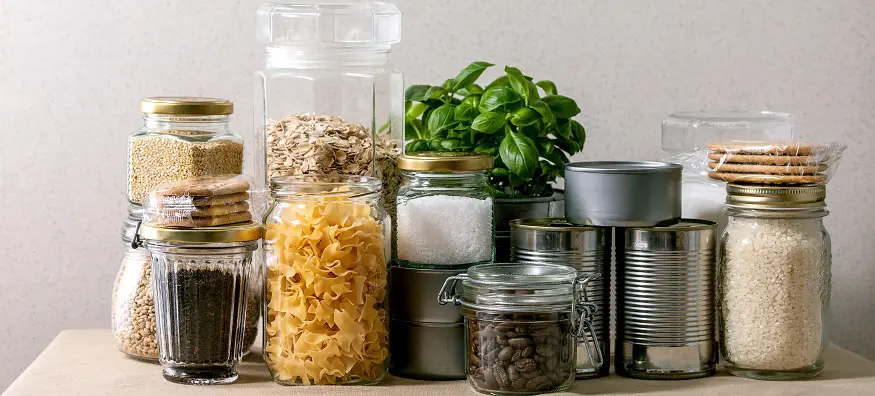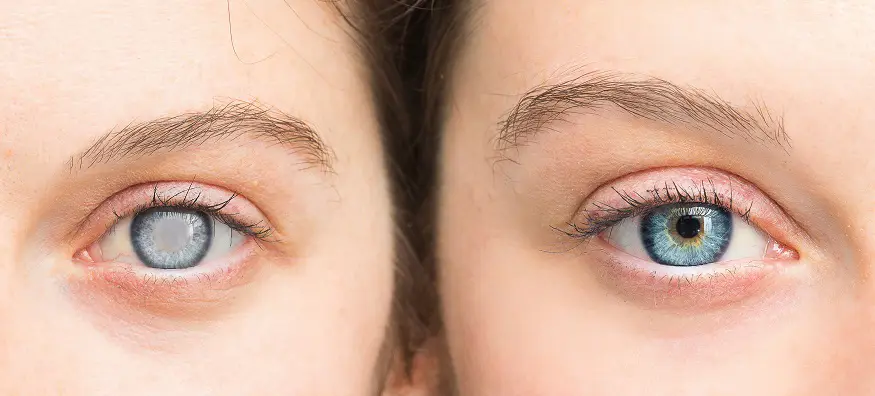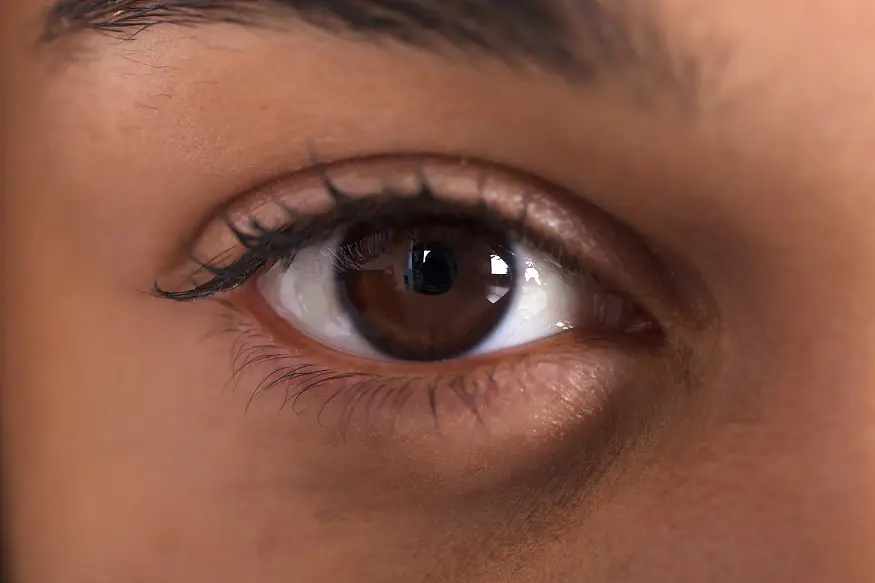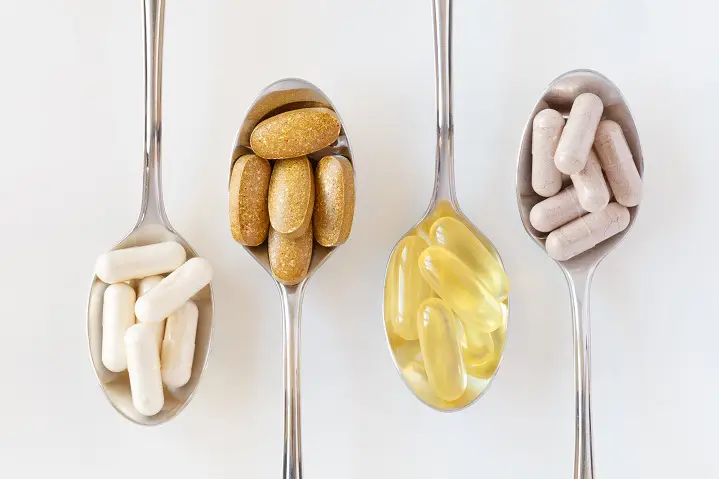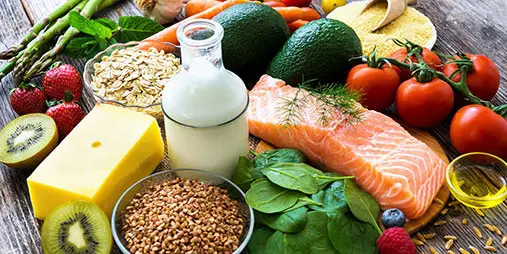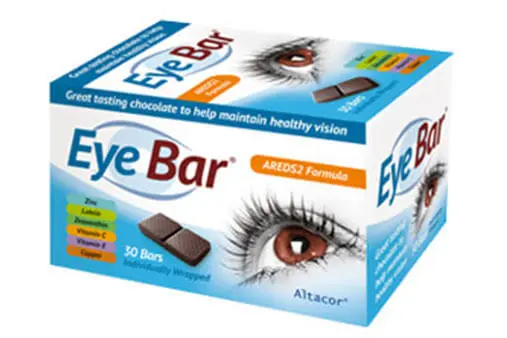Here at Feel Good Contacts we want to raise awareness of age-related macular degeneration (AMD) by sharing the known facts about the disease, how to help prevent it, and what Christmas looks like to sufferers of the condition.

What is AMD?
When a person gets into their 50’s and 60’s, they may experience the common condition known as age-related macular degeneration (AMD). The eye condition is a leading cause of vision loss within this age group and usually makes everyday life more challenging.
Although the condition doesn’t cause complete blindness, the quality of life for people affected can be heavily reduced. Some may experience distorted views, straight lines becoming wavy, objects looking smaller than usual and seeing things that aren’t there.
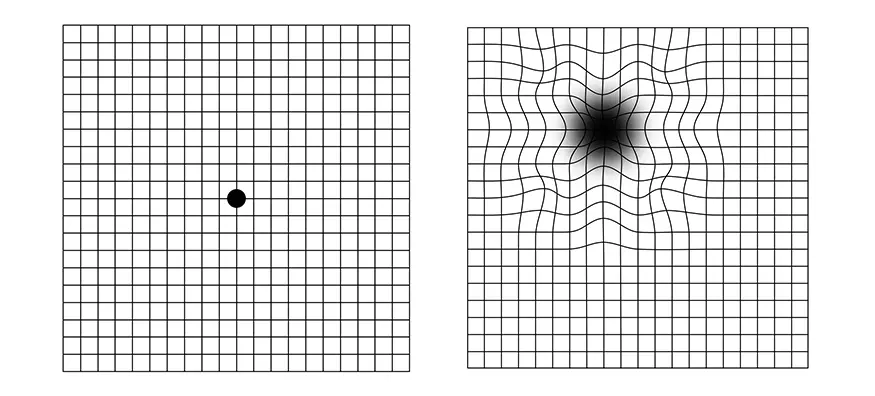
Other than people aged over 50, other groups may be at risk of developing the condition such as; those who:
- Smoke
- Have high blood pressure
- Eat a diet high in saturated fat
- Are overweight
- Have a family history of AMD
It’s beneficial to know what lifestyle changes you can make to minimise your risk.

AMD makes it harder to engage in activities such as reading, walking and driving, whilst also making it difficult to recognise faces, which can be extremely upsetting. This can be particularly difficult around Christmas time as it can be harder for people with AMD to fully immerse themselves in Christmassy activities. Simple tasks for non-sufferers, such as carving the turkey, baking, wrapping presents and reading Christmas song lyrics can become stressful for those with AMD, as the condition may hinder their ability to participate.
What are the different types of AMD?
AMD happens when ageing causes damage to the macula - the part of the eye that controls sharp, straight-ahead vision. That’s why one of the warning signs is noticing that straight lines start to look a tad wavy. However, people diagnosed with AMD can develop two different types of AMD - ‘wet’ or ‘dry’ - which can affect the severity of symptoms and whether there’s any treatment available.

80% of people with AMD have the dry type, which is when the macula gets thinner with age. There are three levels of deterioration to this type; early, intermediate and late and this is likely to progress slowly over several years. Many in the early and intermediate stages don’t experience any symptoms other than trouble seeing in low light and possibly some blurring, however, it still makes everyday life more stressful.
Wet AMD is less common and more serious than dry AMD and people usually experience faster vision loss or a sudden change in their vision. It’s important to note that any stage of dry AMD can turn into the wet kind. Many experience symptoms such as the centre of their vision becoming blurred, seeing blank spots and colours seeming brighter than before. Although it’s more serious, it’s actually more treatable.

As such, it’s important to be mindful around family and friends this Christmas, those with this condition may find it difficult to get involved in certain activities, so helping them out with small tasks may make their day.
How to lower the risk of developing AMD
Although many people can become at risk of AMD, there are a myriad of lifestyle changes that you can make to help prevent it.
Having a healthy and balanced diet is key to your eye health. Eating lots of leafy greens that contain lots of vitamins such as kale, broccoli and spinach, alongside fatty fish such as salmon and mackerel, can help lower the risk of AMD. Foods such as orange or yellow peppers, egg yolks and squash are also good for you as they contain high levels of lutein and zeaxanthin which is recommended.

As well as diet, it’s important to stay healthy by getting regular exercise and maintaining healthy blood pressure. This might include going for a quick run around the block or walking rather than driving to the supermarket which although small, can be hugely beneficial for your eyes as well as your overall health. Lifestyle changes might also include giving up smoking, as this is a definitive risk factor for developing AMD.
It would also be prudent to have regular eye examinations as an early diagnosis may be able to help control the progression of the condition and even restore some vision. Especially if you’re 50 plus, this can help catch AMD quickly and start the course of treatment before it worsens.
How to treat AMD
Currently, there is no treatment for late, dry AMD, only AMD with geographic atrophy. To treat this form, medicines can be injected into the eye to slow the atrophy and delay vision loss. If your other eye doesn’t have any known problems, it would be beneficial to protect that eye, so it doesn’t progress.
With wet AMD, treatment is available through an eye injection to reduce the number of abnormal blood vessels in your retina and slow any leaking from blood vessels. However, it’s best to be mindful that this treatment is designed to stop vision worsening, not recover vision that has already been lost. In some cases, laser surgery may be required.
Eye health is important to us at Feel Good Contacts and we pride ourselves on delivering the best service. For all eye health-related queries, you can visit our incredibly helpful Eye Care Hub.
Find out everything you need to know about wearing contact lenses, glasses, sunglasses and more with information on how to look after them, general eye care, contact lens prescriptions and more.




















